Stephanie St. Clair: The Legendary Policy Queen of Harlem
Stephanie St. Clair, known by many as "Queenie," "Madam Queen," or "Queen of the Policy Rackets," stands as one of the most influential and resilient figures in the history of New York’s underworld. Her command over Harlem’s illegal gambling scene and steadfast activism made her a household name-admired by her community and feared by her rivals.
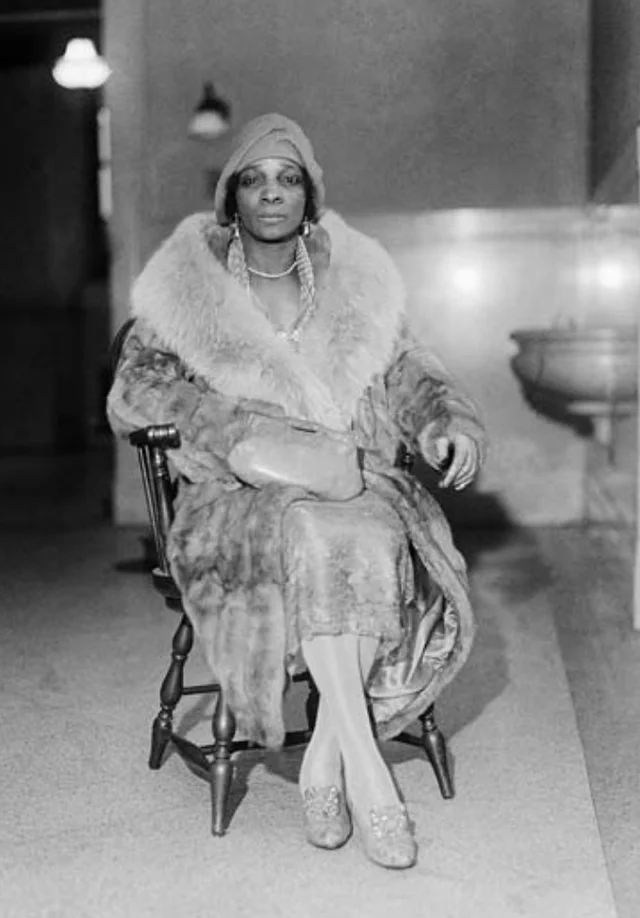
From her connections with mafia bosses and prominent civil rights advocates to her strategic reliance on the protection of Ellsworth "Bumpy" Johnson, St. Clair’s life is a unique blend of criminal daring, social reform, and personal mystique.
The Enigmatic Origins of Stephanie St. Clair
The early days of Stephanie St. Clair's life are cloaked in mystery-an enigma she may have helped cultivate herself. While some records cite her birth as December 24, 1897, in Guadeloupe, a French Caribbean territory, others claim she originated from France itself, learning English en route to America.
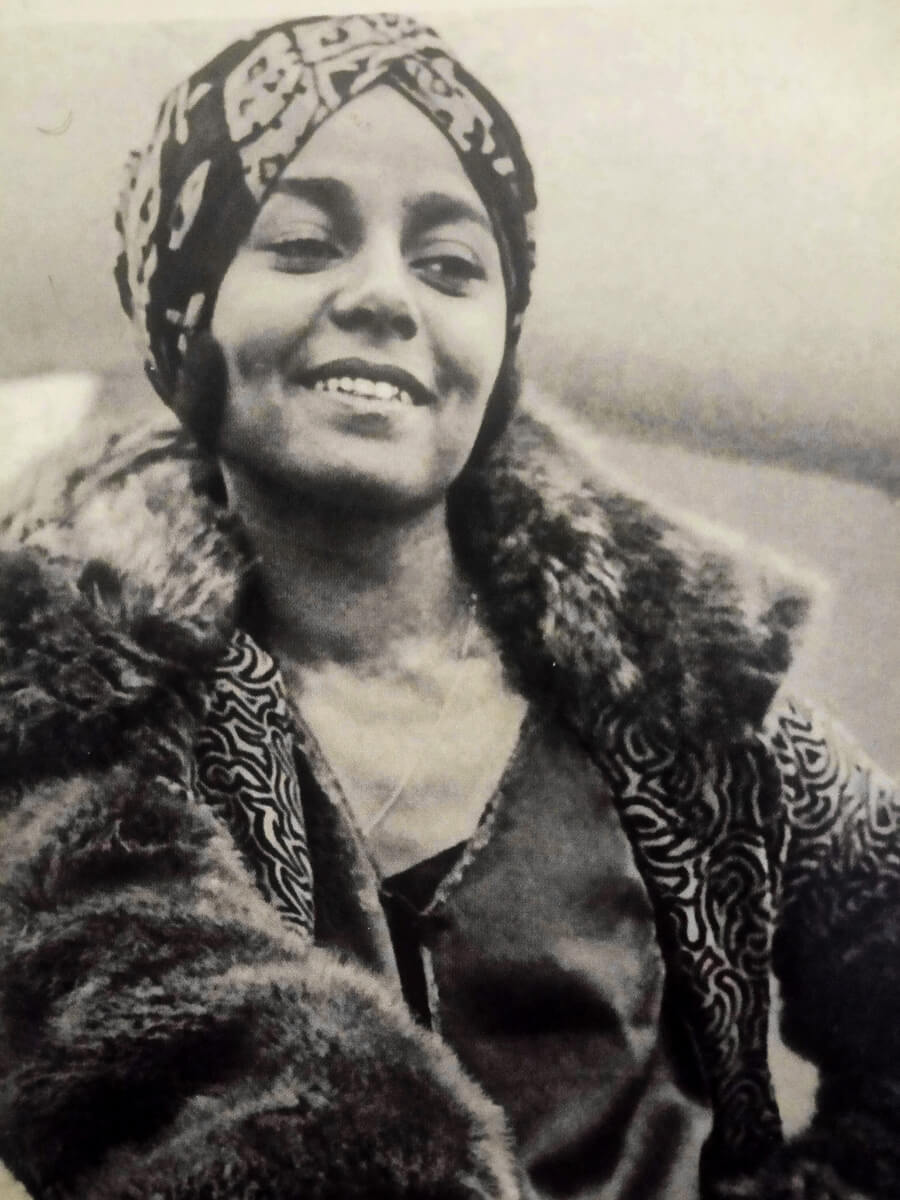
Regardless of these contrasting stories, St. Clair’s bilingual proficiency and solid education set her apart, equipping her for the challenges of early 20th-century America. Accounts disagree on her date of arrival in the United States, but consensus holds that she crossed the Atlantic by steamer, ready to forge an unforgettable legacy in New York.
Establishing a Criminal Empire in Harlem
St. Clair reached New York during the Great Migration, when millions of African Americans moved northward, determined to seek opportunity and freedom from the southern Jim Crow laws. She soon immersed herself in Harlem, aligning with the historic Forty Thieves gang, a group long known for their criminal operations.
St. Clair’s ambition and shrewdness soon saw her breaking away to launch her own venture. With an initial investment of $10,000-a remarkable sum at the time-she initiated a "numbers racket," an illegal but widely popular underground lottery. Anticipating envious challenges, she brought on a rising star in the criminal underground: Bumpy Johnson.
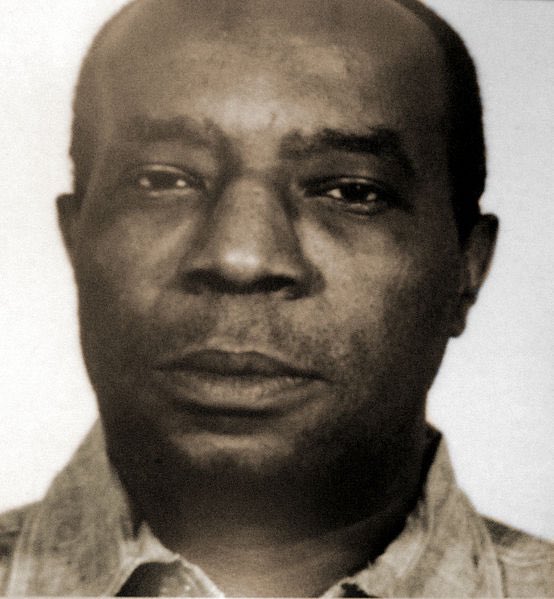
Under St. Clair’s guidance, Johnson grew to become a powerful figure in Harlem organized crime, and their partnership cemented Queenie’s dominance over the city’s illegal betting scene.
The Numbers Game: Structure and Impact on Harlem
Illegal gambling wasn’t new to New York. By the mid-1830s, lotteries were outlawed, but demand for stakes and payouts remained strong, especially in impoverished communities. The "numbers racket" in Harlem operated much like a local lottery: participants picked numbers, hoping to strike it rich with minimal bets.
What set St. Clair’s operation apart was the community-driven purpose behind it:
- Dozens of Black men and women found employment as numbers runners-essential, given their exclusion from many legitimate jobs due to racism.
- Profits were funneled back into supporting Black-owned businesses and used to help locals understand their civil rights and voting power, mainly through newspaper campaigns.
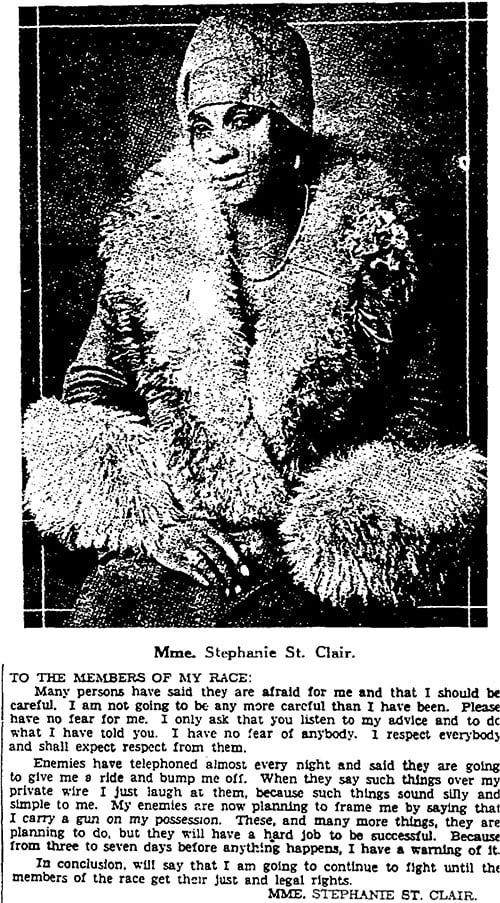
Despite its positive outcomes for Harlem, law enforcement viewed the policy racket as a criminal enterprise. A crackdown in 1929 led to St. Clair’s arrest. In retaliation, after her release, she testified against corrupt officers, leading to more than a dozen suspensions and further establishing her reputation as a fearless community advocate.
Facing Rising Threats: Prohibition Ends and Schultz Appears
Throughout the roaring twenties and into the 1930s, St. Clair and Bumpy Johnson maintained a tight grip on Harlem’s gambling operations. The landscape changed dramatically after Prohibition ended in 1933. Mobsters, their bootlegging income diminished, turned to other illicit enterprises-among them, the numbers game.
One such rival was Arthur "Dutch" Schultz, a notoriously violent gangster determined to take over Harlem’s gambling empires. Schultz’s campaign of terror led to over forty deaths, with anyone refusing to comply facing brutal consequences.
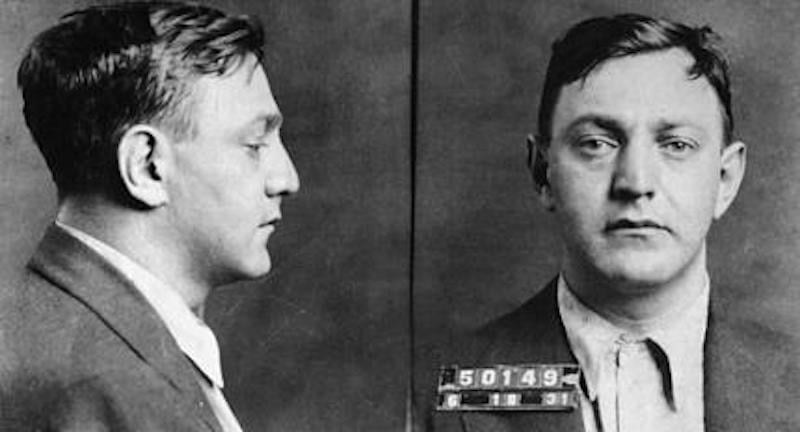
As the city’s highest-profile Black racketeer-and a woman-St. Clair became one of Schultz’s top targets.
Confronting the Underworld: St. Clair’s Resistance to Schultz
Refusing to surrender, St. Clair orchestrated a grassroots resistance. She galvanized the Harlem community through newspaper campaigns, urging residents to support Black-owned businesses and shun those affiliated with white gangsters. St. Clair’s defiance came at a great personal cost: by her own tally, she endured 820 days in jail and lost hundreds of thousands of dollars battling Schultz’s incursion.
When Schultz ordered hits on her, St. Clair went into hiding, temporarily handing over her empire to Bumpy Johnson for safekeeping.
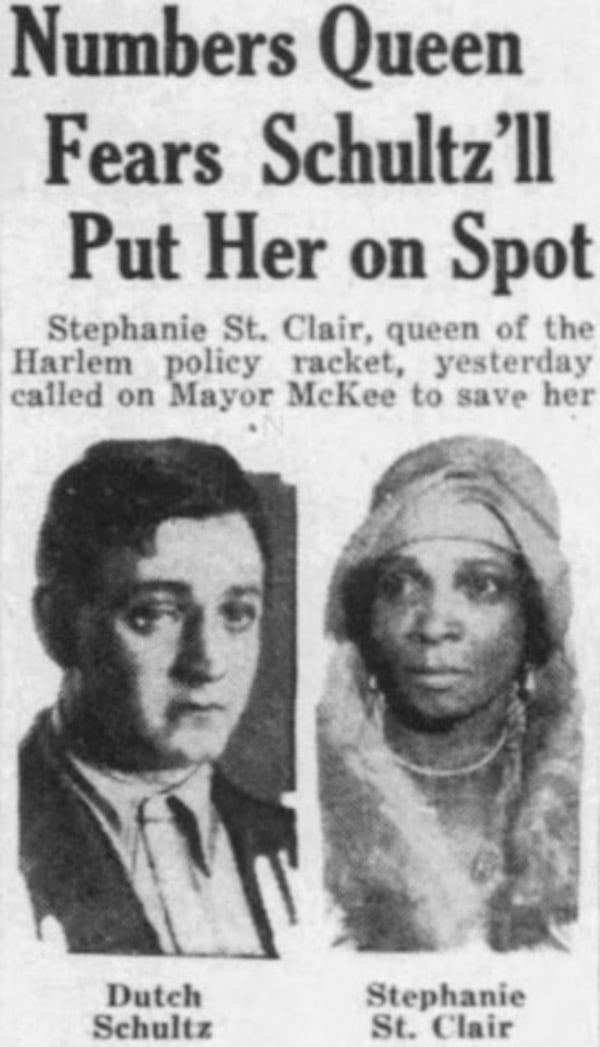
Her situation changed when Italian mob leader Charlie "Lucky" Luciano, concerned by Schultz’s reckless violence, orchestrated the gangster’s assassination. Schultz was killed in October 1935, allowing St. Clair to reemerge and reclaim her place in Harlem. In an unforgettable act, she sent Schultz a telegram as he lay dying: "As ye sow, so shall ye reap."
Life Beyond the Numbers Game
With Johnson at the helm of her illicit empire, St. Clair stepped away from direct involvement in gambling, focusing instead on activism. Her marriage in 1936 to Sufi Abdul Hamid-a controversial religious and political agitator-proved turbulent. Hamid, known for his radical views and questionable morality, squandered much of her fortune and was repeatedly unfaithful. Their relationship ended violently in 1938 when St. Clair shot him in an altercation; she was imprisoned for up to a decade, though she survived the ordeal.
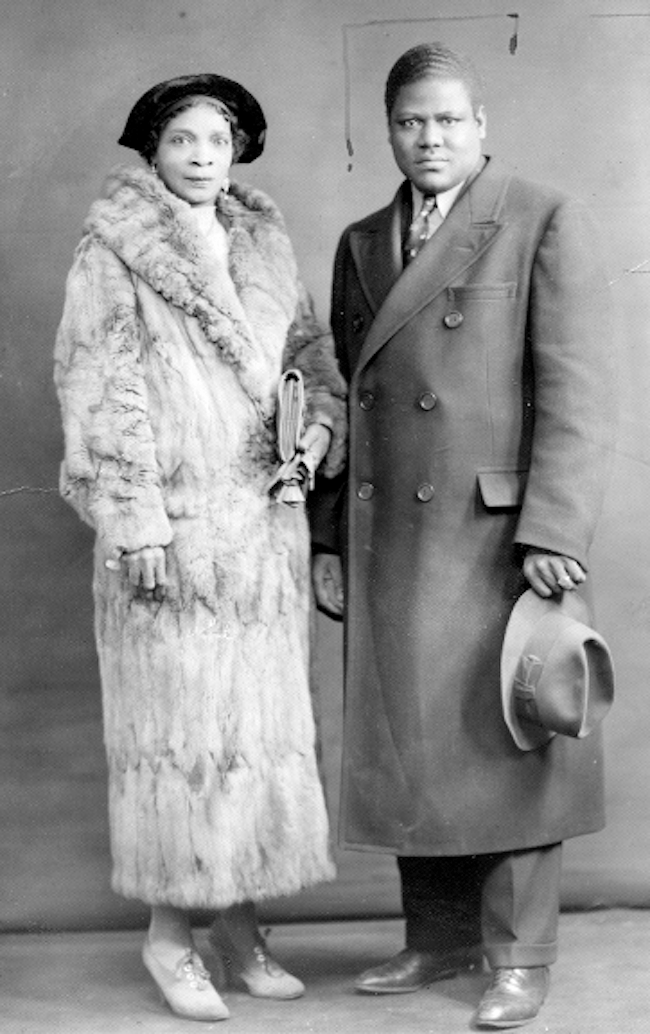
After her release, St. Clair faded from the public spotlight. She reportedly retired to Long Island, living quietly as a legitimate businesswoman but rarely appearing in the media save for a 1960 newspaper mention.
The Final Chapter: St. Clair’s Death
Stephanie St. Clair’s passing, much like her life, is wrapped in secrecy. Although she played a prominent role in the city’s criminal and activist scenes, no local newspapers documented her death. St. Clair died peacefully in Central Islip, New York, in 1969, in stark contrast to the violent demises that befell many male contemporaries.
Lasting Influence: St. Clair’s Legacy in Harlem
For most of her career, St. Clair resided at 409 Edgecombe Avenue, a Harlem landmark known as home to many of the city’s Black leaders, from pioneers of the civil rights movement to celebrated artists.
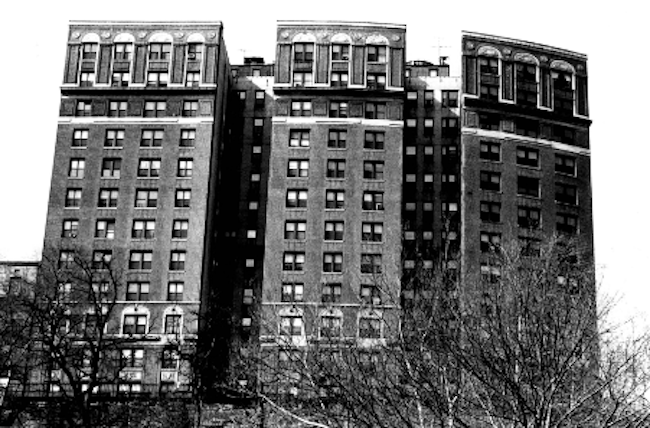
What sets St. Clair apart is not only her criminal savvy but her commitment to uplifting her community. She fought police corruption, reinvested in Harlem, created jobs for Black residents, and used her platform to educate others on their rights and empower them to fight back against oppression. Her courage in facing down both mobsters and corrupt officials inspired respect far beyond the criminal world.
Madam Queen’s Story on Screen and Beyond
Although Stephanie St. Clair is referenced in popular culture-appearing in films like "The Cotton Club" (1984) and "Hoodlum" (1997), as well as an episode of "Celebrity Crime Files"-her story remains relatively untold in mainstream media.
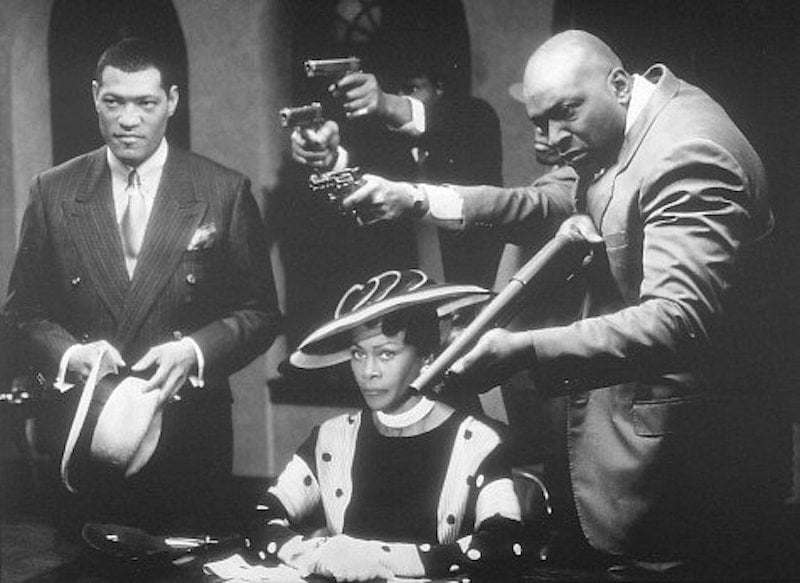
That may be changing soon. Two major projects focusing on St. Clair’s life are in development: "Queenie," a series from BET Studios, and an upcoming HBO film based on the Shirley Stewart biography "The World of Stephanie St. Clair." These productions promise to introduce a new generation to a woman whose intelligence, tenacity, and vision redefined what it meant to be a leader-inside and outside the law.













